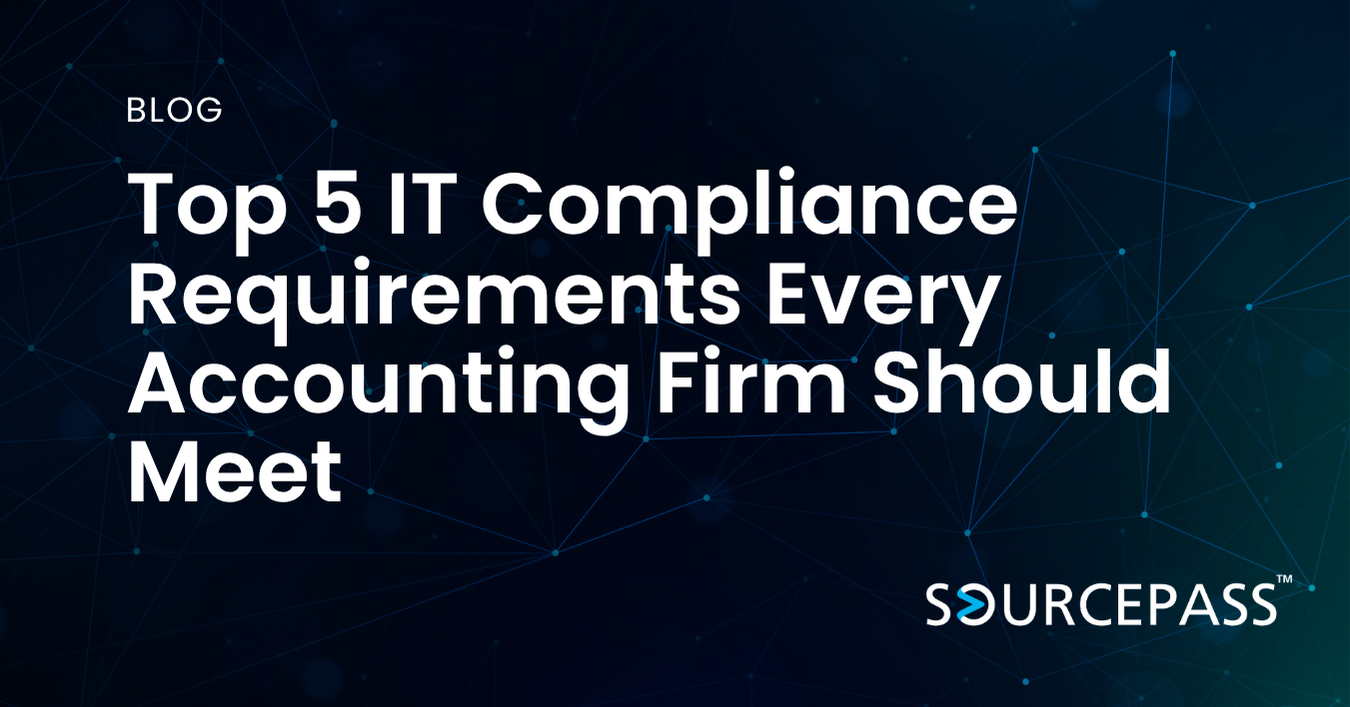Combatting Cyber Threats in Investment Banking: What You Need to Know
Jul 25, 2025 Alex Davis Industry - Financial Sector & Private Equity | Security & Compliance 2 min read



In a sector defined by high-stakes transactions and sensitive client data, investment banks are prime targets for cybercriminals. In recent years, sophisticated attack techniques—ranging from AI‑enhanced phishing to vendor-based intrusions—have significantly raised the bar for security in finance.
Below is a breakdown of the key threats investment banks face in 2025, along with practical strategies to protect critical systems and preserve client trust.
1. AI-Powered Attacks & Deepfake Fraud
Hackers are increasingly leveraging AI to craft convincing, targeted attacks. Generative models can produce lifelike voice or video deepfakes that mimic executives or clients, perfect for spear-phishing or social-engineered fund transfers.
Defense measures:
- Implement multi-factor authentication (MFA) everywhere
- Adopt anomaly-detection tools leveraging AI
- Train staff to recognize social-engineered communications
2. Third-Party & Vendor Ecosystem Risks
Recent incidents like the UBS data leak highlight that investment banks often inherit vulnerabilities through their vendors. Even if bank systems remain secure, a supplier breach can expose staff or internal data.
Best practices:
- Mandate vendor compliance with standards such as SOC 2 or ISO 27001
- Audit all third-party security controls regularly
- Limit data access strictly to what’s required
3. Ransomware & Supply Chain Exploits
Despite growing awareness, ransomware remains a top threat in finance. Attackers are shifting towards "extortionware"—encrypting data and threatening public leaks. Finance firms also face supply-chain threats like the MOVEit breach, which impacted hundreds of organizations via a common file-transfer vulnerability.
Protective controls:
- Segment networks and isolate critical systems
- Implement Zero Trust principles and network micro‑segmentation
- Maintain secure, tested backups (the 3‑2‑1 rule)
4. Legacy Systems & Transition Risks
Many financial institutions still operate on outdated, fragmented IT stacks. Legacy systems expose them to vulnerabilities ranging from unpatched software to manual processes and weak logging, allowed breach propagation.
Remediation strategy:
- Integrate modern security layers (MFA, encryption) around legacy systems
- Prioritize secure, phased migration to cloud or updated platforms
- Brokers should apply compensating controls and monitor network behavior actively
5. Regulatory Pressure & Incident Response Expectations
New regulations such as EU’s DORA, NIS2, and U.S. financial data laws demand faster breach reporting and robust IT governance. Financial regulators now expect investment banks to have formal incident response plans—and to demonstrate them.
To comply:
- Maintain documented incident response and escalation processes
- Conduct tabletop drills at least annually
- Implement real-time audit logging and security monitoring
Building a Modern Cyber Defense for Investment Banks
To stay ahead of evolving cyber threats—and associated regulatory requirements—investment banks should adopt a layered, proactive cybersecurity posture:
AI-Driven Threat Detection
Use Security Information and Event Management (SIEM) tools with machine learning to spot anomalies in real time.
Zero Trust Architecture
Treat every access request—internal or external— as untrusted. Combine MFA, behavior analytics, and network micro‑segmentation.
Vendor Risk Management
Centralize third-party assessments, enforce contract-level security standards, and monitor vendor activities continuously.
Immutable Backups & Recovery Planning
Isolate backups to counter ransomware and test recovery procedures regularly to ensure operational resilience.
Continuous Training & Simulations
Phishing simulations and education campaigns help minimize human error, the source of most breaches.
Ready to Strengthen Your Banks Cyber Defenses?
For investment banks, cybersecurity isn't merely compliance—it's a differentiator. A strong security posture signals stability, instills client confidence, and reduces regulatory risk. In an era of AI-powered threats and stringent oversight, banks that invest in layered, proactive IT strategies will be best positioned to protect both data and reputation.
Sourcepass specializes in securing financial institutions with tailored cybersecurity solutions—designed to protect client assets, streamline compliance, and guarantee operational resilience.
Subscribe To
Sourcepass Insights
Sourcepass Insights
Stay in the loop and never miss out on the latest updates by subscribing to our newsletter today!



